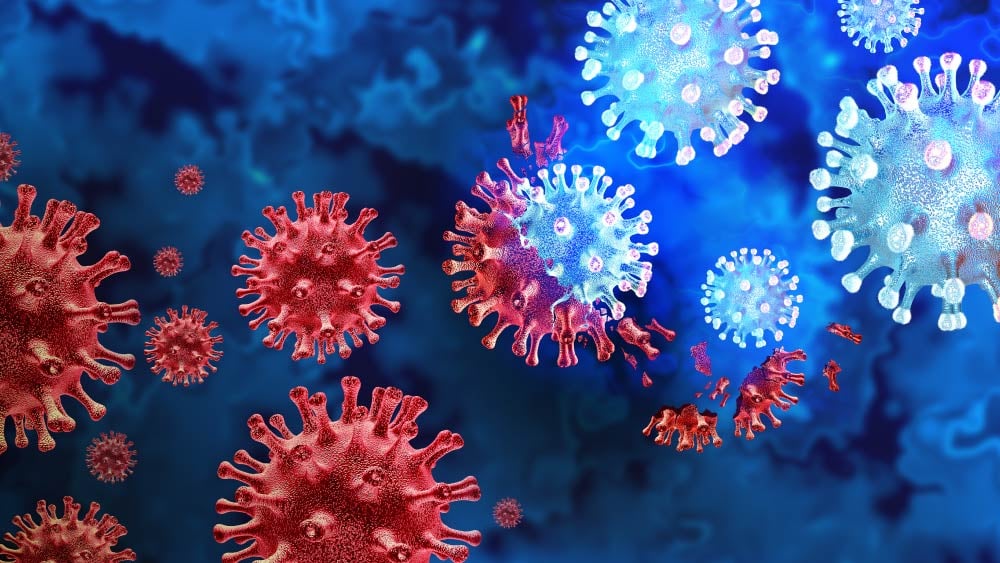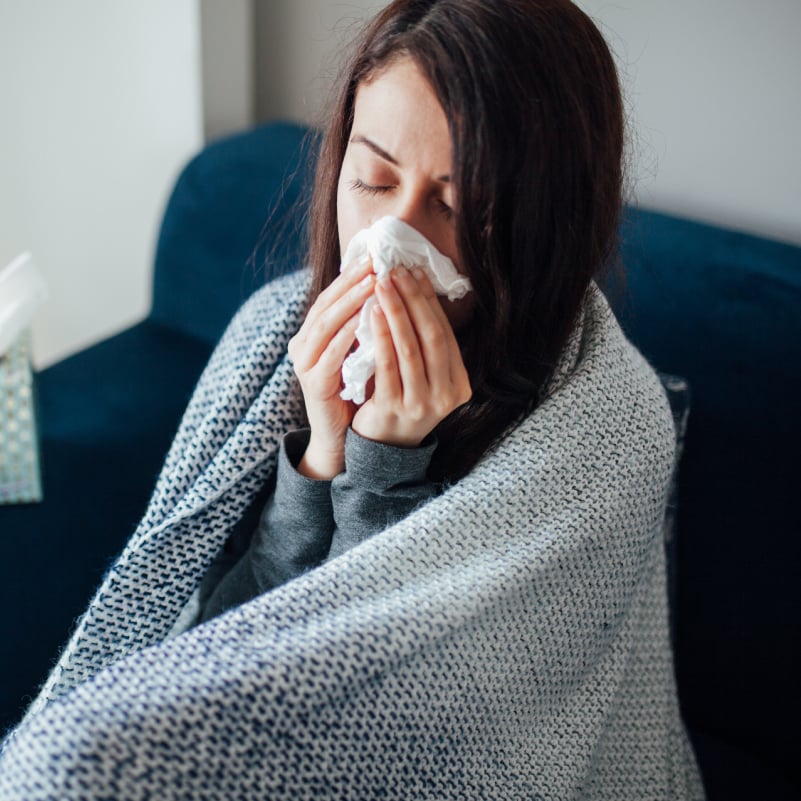Three years ago, the world was starting to hear mentions of certain medical terms more often – terms like PPE, contact tracing, comorbidity, and social distancing.
Today, many of those terms are closely linked to the COVID-19 pandemic. While our use of these words continues, our understanding of some of those terms has evolved since the early months of 2020.
One example of this is ‘herd immunity’, as the way the public and scientists alike understand it has shifted. Emil Lesho, DO, is the Program Director of Healthcare Epidemiology at Rochester Regional Health and shares what the medical community knows now and what they hope to know going forward.
Early days of the COVID-19 pandemic
Herd immunity happens when enough people in a population have developed durable immunity to a disease, making it difficult for the disease to spread further.
In early 2021, scientists thought, based on the way COVID-19 was behaving at the time, 70 percent of the U.S. population (more than 200 million people) would have to recover from COVID-19 to end the pandemic. Without developing vaccines, this would have led to a significant number of deaths, and taken more than four years to happen naturally.
“At the time, many epidemiologists thought that achieving a 70-80 percent vaccination rate would help,” Dr. Lesho said. “That 70-80 percent figure applies to pathogens that don’t mutate rapidly – like COVID-19 does. Herd immunity doesn’t apply to fast-mutating illnesses like the common cold, which is similar to how COVID-19 mutates.”
Understanding herd immunity now
Virus particles spread by getting inside of your body, latching onto your cells, and copying themselves. Sometimes when they are copying themselves, there is a mistake and a slight change is made – creating a new variant. The more a virus spreads, the more opportunities there are for new variants to emerge.
Viruses can have hundreds, if not thousands, of variants as they mutate over time. As COVID-19 has mutated, it has become more like a common cold virus than a measles virus.
Since the early days of the COVID-19 pandemic, people have had more time to become immune to the original strain of the virus – either through vaccination, infection, or a combination of the two. With an higher degree of overall immunity, the COVID-19 infections are becoming a little bit milder for most people, with the exception of older adults and people with compromised immune systems.
“The COVID-19 virus is changing fairly rapidly, so we never may achieve the traditional state of herd immunity unless it stops changing so much,” Dr. Lesho said. “It is similar to how the influenza virus changes frequently. We don’t talk about herd immunity with the flu; people end up needing a new flu shot every year because it changes so often.”
What comes next
At this point, herd immunity might not be the right term to use when discussing COVID-19, according to Dr. Lesho.
Because research now shows durable immunity can be achieved by both vaccination or prior infection, the United States is likely at the 70 percent threshold we considered necessary for herd immunity three years ago.
An article published in the Journal of Infectious Diseases in July 2022 suggests that “living with COVID-19 is best considered not as reaching a numerical threshold of immunity, but as optimizing population protection without prohibitive restrictions on our daily lives.”
“Time will tell how much immunity we will continue to have from the COVID-19 virus,” Dr. Lesho said. “We will continue to study the virus and its effects to provide the best possible health care to our communities.”
In the meantime, to limit the spread of all transmissible illnesses, people should do their best to stay home when they are sick, wash their hands thoroughly and disinfect surfaces to limit the transmission of viral particles in public places, and wear a mask if they are concerned about contracting or spreading an illness to others.









